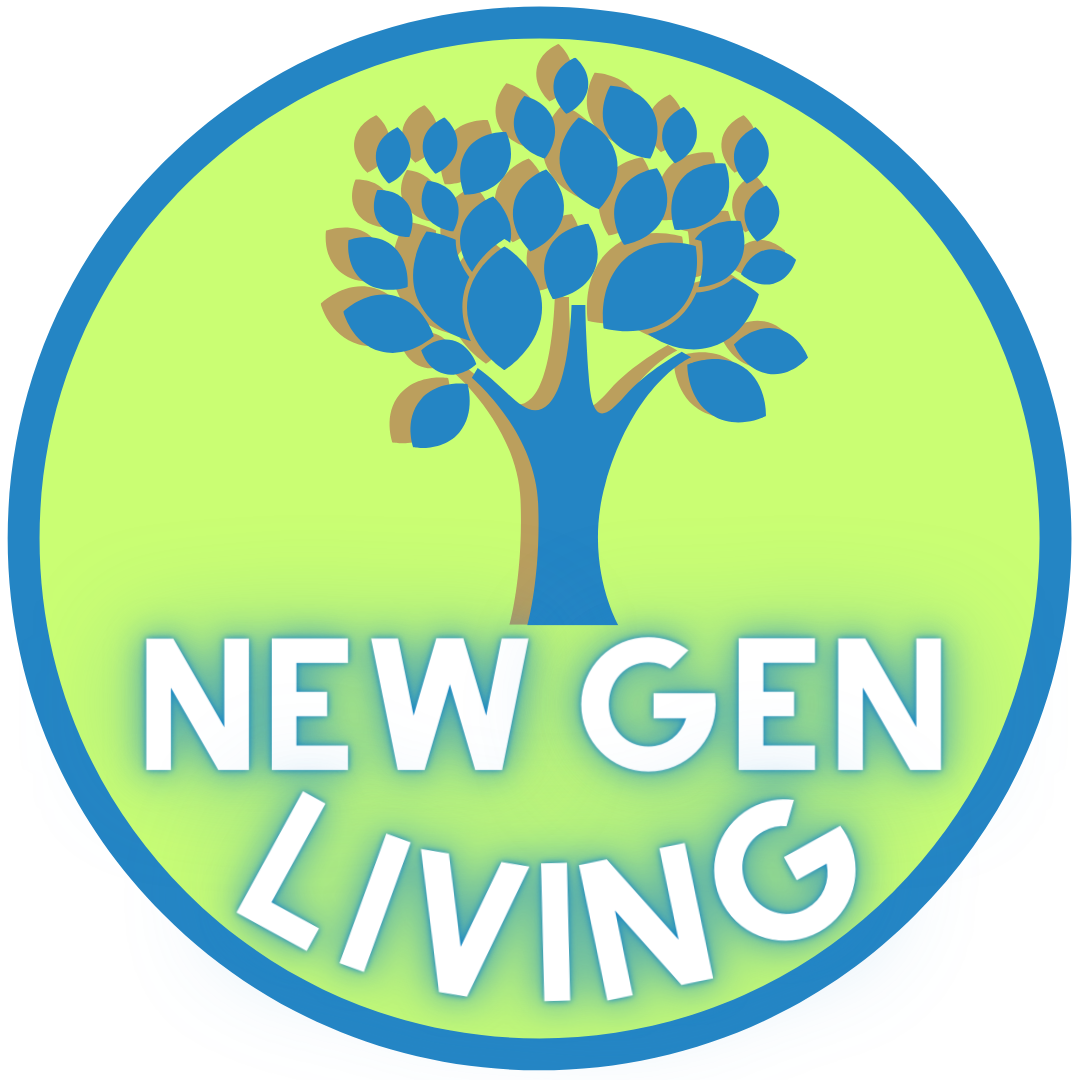What is Solar Energy? Solar Energy 101
There are many ways to use solar energy. Solar energy is energy from the Sun, which can be harnessed and/or stored as electricity. Solar panels use the photovoltaic effect to generate power right from the sun.
Solar energy directly from the sun can be used to heat water, or it can be concentrated to boil water to turn steam turbines that generate electricity. Solar energy is a form of renewable energy.
In recent years, solar power has become an increasingly popular choice for homeowners looking to save on their energy bills. But what is solar power, and how does it work? In this blog post, we’ll take a look at the basics of solar power, and discuss the benefits of using it in your home.
It is best to use solar power in places where there is a lot of direct sunlight all year long. Southern California, Arizona, and Nevada are good places to live if you want to harness solar power because they are low-latitude, dry, and sunny. However, most parts of the United States are sunny enough to use some solar energy at least some of the time.
Sunlight only makes solar energy available. Even in the sunniest places, nighttime energy needs must be met by other sources of energy, even when the sun is shining, unless you store that energy for later in a battery.
Scientists and engineers are working on solar batteries with a large storage capacity that can store energy from solar power and make it usable 24 hours a day for months.

Why does solar power matter?
Solar energy only makes up about 1% of the electricity in the United States right now. There are, however, a lot of solar power facilities being built both in large-scale commercial utilities and at home. During the two years from 2014 to 2016, solar power generation in the U.S. doubled.
With continued advancements in technology and existing policy incentives for renewable energy, solar energy is expected to become a bigger source of electricity for people in the United States in the years to come. Many new solar cells and batteries that can store more energy will also need a wide range of Earth materials, some of which are very rare.
How is geoscience being used in solar energy?
Geoscience can help people make decisions about how to use solar energy.
Geoscientists look at the distribution of solar resources (i.e., how sunny different places are) and help to find places that could be used to make solar power. Geoscientists find and extract the wide range of minerals needed by solar energy technologies, and they help to keep the mining process as environmentally friendly as possible.
Solar energy is becoming an increasingly important source of electricity in the United States. With advancements in technology and existing policy incentives for renewable energy, solar energy will continue to grow as a viable option for people looking for alternative sources of power.
Geoscientists play an important role in helping to find places that could be used to make solar power and extract the materials needed by solar energy technologies in order to keep the mining process environmentally friendly. Given these factors, it is clear that geoscience will continue to play an important role in shaping our understanding of and relationship with solar energy.
As gardeners, we’re always looking for ways to make our gardening experience easier and more efficient. One way to do this is to use solar power. Solar power is a great alternative or addition to traditional methods of powering gardening equipment. Read on to learn more about solar power, what it is, and how you can use it in your own garden.
The energy produced by the sun can be harnessed and used to power homes. Learn everything you need to know about solar energy. From how it works and the different types of solar panels available to the benefits of using solar power in your home or business. Learn more about solar power in our other articles!

